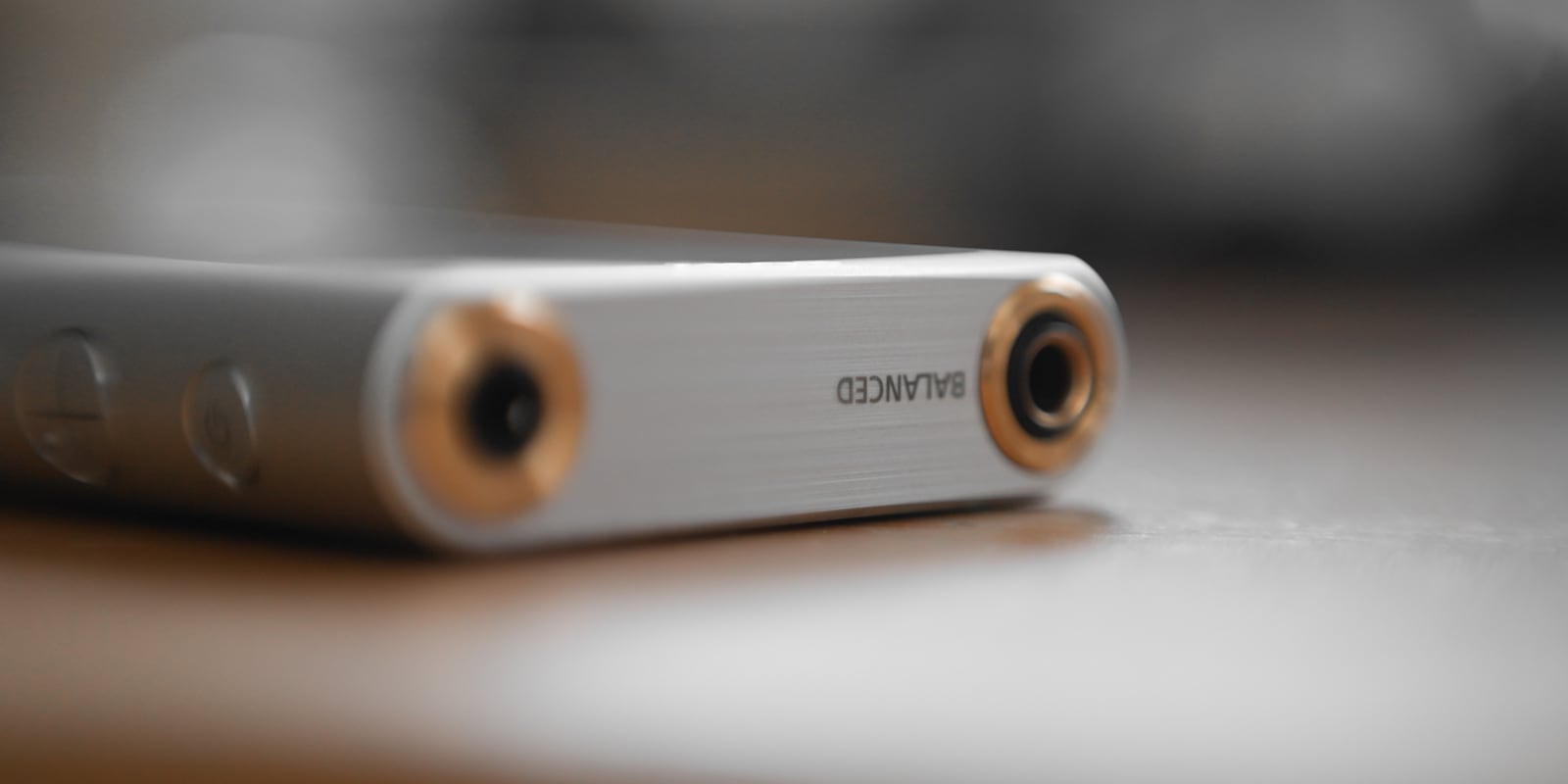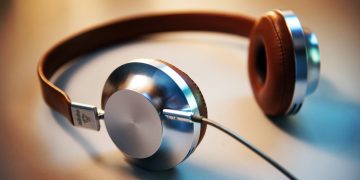Depending on the type of person you are, music may be a constant companion or something to put aside for when you have time to savor it. No matter what type of music you enjoy or how often you listen to it, there is one thing that is probably true: You listen to music on your phone.
Even before the introduction of the iPhone, mobile phones have doubled as music players. This does raise a question though: Are phones better at playing music than a dedicated portable music player? The answer depends on more than a few things.
Portable Music Players: The Pros
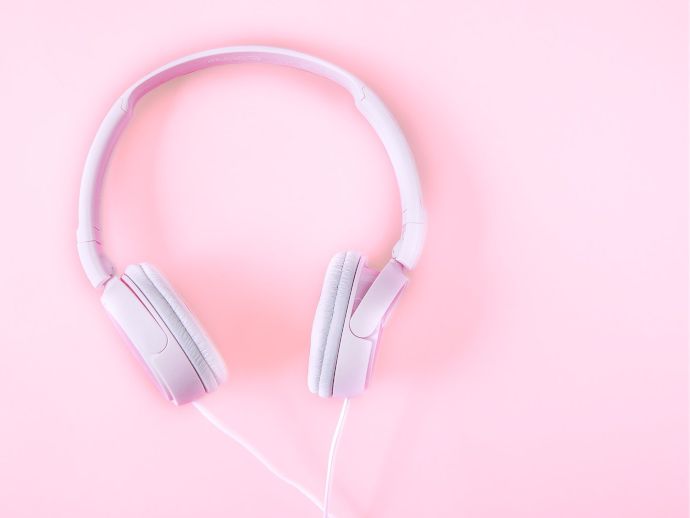
There are a few main reasons that you might want to opt for a standalone player over your phone.
The first is audio quality. While some smartphones have quality digital to analog converters and headphone amps, not all do. Since a standalone player doesn't have to include cellular connectivity, a camera, and other features, they can spend more on the audio components.
Android phones can easily play hi-res audio, but for iPhones, this isn't quite as simple. With a dedicated digital audio player (DAP), many of them support up to 24-bit / 192kHz and beyond, as well as other formats like DSD.
With standalone music players, you also get more battery life in many cases, as they don't need to be connected to a wireless or cellular network at all times.
My own digital audio player (DAP) lets me listen to music multiple hours a day for a few days before I need to think about charging it. In standby mode, it lasts even longer. Turn it off when you're not using it, and it does even better.
You also don't have to worry about notifications for texts, emails, and calls interrupting your music.
How Do You Listen to Music?
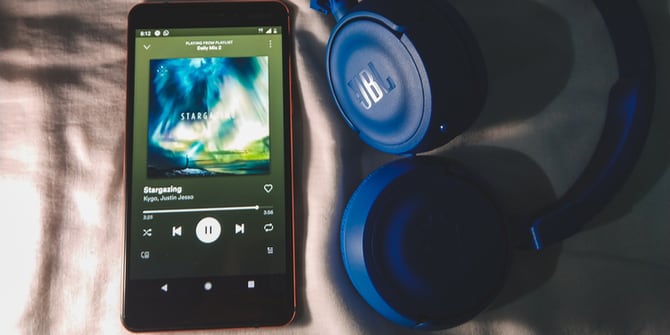
Whether a standalone player works for you has a lot to do with how you tend to listen to music. If you've got a library of music you bought from iTunes, MP3s, or carefully organized lossless audio files, you might enjoy a DAP.
On the other hand, if you spend most of your time streaming from Spotify, you may be better off with your phone. Some standalone players don't support streaming, but even those that do won't offer a significant upgrade in audio quality over your phone.
What Headphones Do You Use?
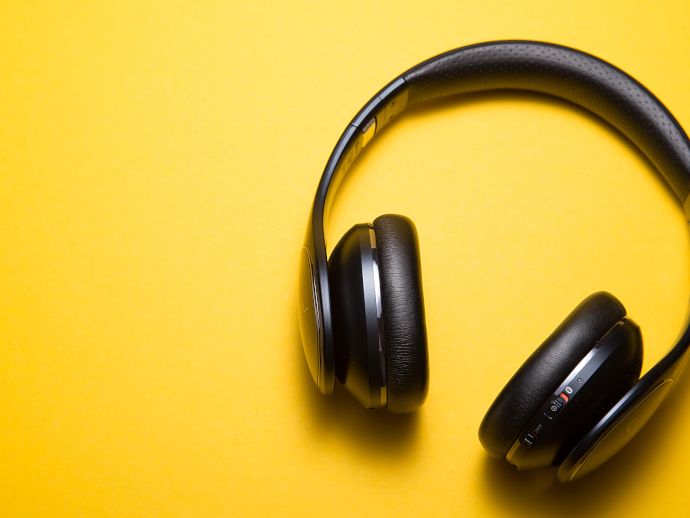
The headphones you listen on matter too. If you've got a pair of expensive in-ear monitors (IEMs) with a balanced cable, you're going to get much more fidelity out of a DAP than a phone, assuming you can even use them with your phone at all.
While the built-in headphone amp in a DAP isn't nearly as powerful as a desktop headphone amp, they are often more powerful than what's in your phone.
That said, this doesn't describe how most people listen to music. If you listen using a set of Bluetooth headphones, the amp in your playback device doesn't matter, since the Bluetooth headphones are powering themselves.
It's possible you may hear a slight increase in fidelity using a DAP instead of your phone, but this often says more about your phone than it does the player.
Of course, if you have a high-quality set of over-ear headphones, neither your phone nor a DAP may power them enough. This varies based on headphones, but whether you're using a phone or a DAP, you'll generally have a better time with IEMs.
Upgrade Your Listening Experience
Maybe you've decided to make the leap to buying a dedicated digital audio player, or maybe you're happy listening on your phone. No matter what, there are always slight improvements you can make to help you enjoy your music even more.
This can vary from upgrading what you're listening on to changing what you're listening to. For some ideas...
